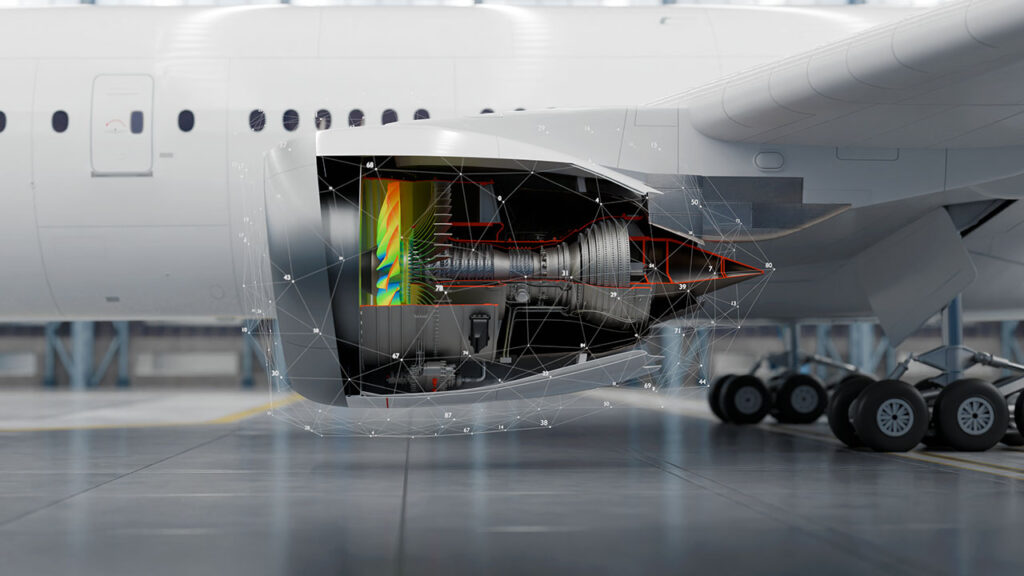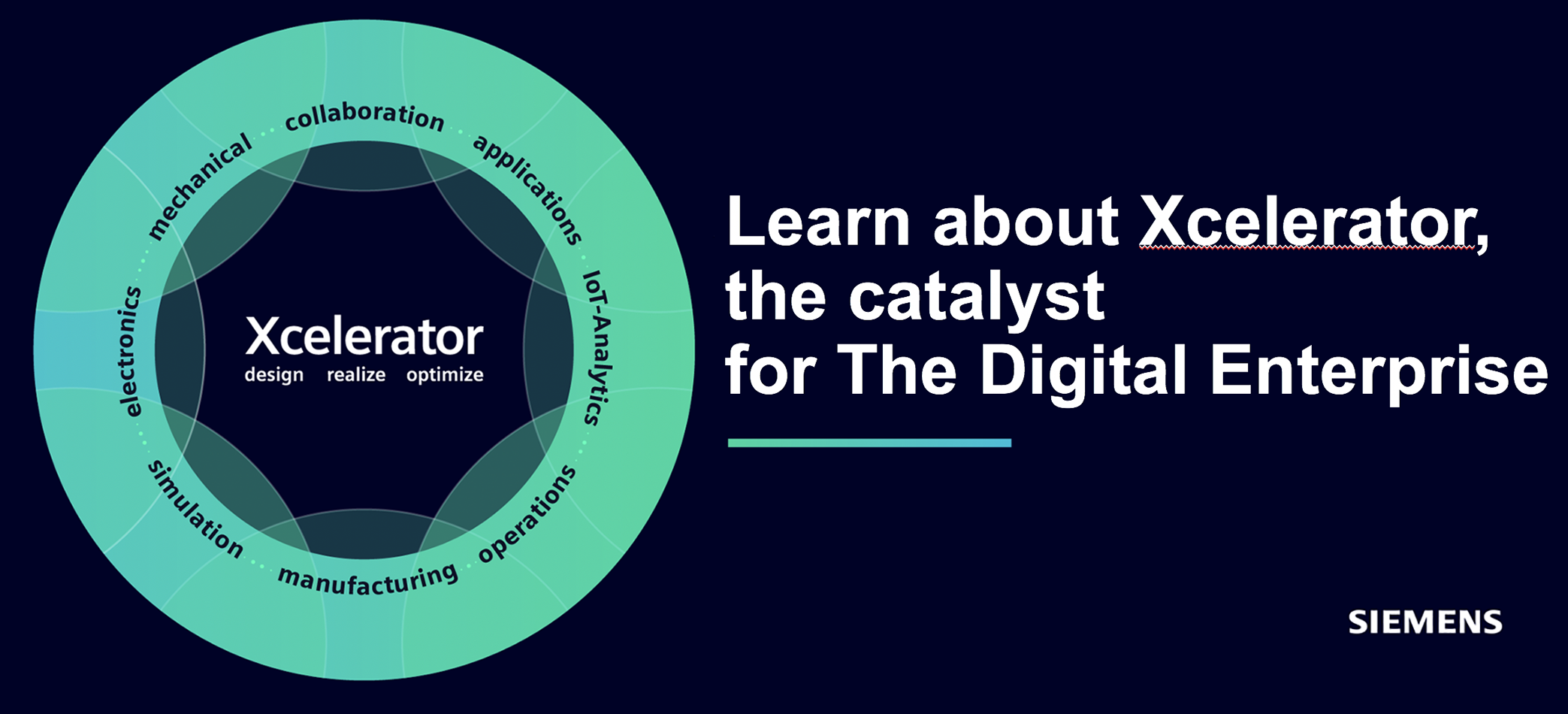Commercially, the CAE field has grown strongly in importance over the past decade. Analysts have spoken of ”the brightest star in the PLM space”. Not only for its technical importance in an increasingly digitized product development world, but also for its commercial growth. Since 2018, total investment in CAE developer software has expanded, from just over $6 billion to just over $10 billion in 2023.
Together, the CAE revenues of the two merged companies could be around more than $1.5 billion. Siemens brings in around a billion dollars, while Altair reached $550 million in 2023.
A step towards increased growth
In the press material, Siemens writes, among other things: ”Today’s purchase is a decisive step towards our North Star as ONE Tech Company, which strengthens our position as a leader in industrial software and a leading technology company. A step towards increased growth.”
It is pointed out that this is based on a long-term strategy to develop the company’s leadership in industrial software that has been ongoing for the past 15 years, and adds:
”The acquisition expands our addressable market and strengthens our leadership position in the combined high-growth areas of product lifecycle management (PLM) and electronic design automation (EDA).”
It can be added here that the Siemens EDA area accounts for around a third of the PLM division’s, Siemens Digital Industries Software, revenue. In total, PLM&ERP News estimates that the PLM division for FY 2024 will have revenues of between $6.5-7.0 billion.

A smart move
Notably, Siemens has committed to invest in the areas where it expects the greatest benefit for the company overall: ”In addition, we have fundamental tracks dedicated to software and data and AI respectively,” it writes.
With today’s announced purchase, the addition of Altair’s highly complementary portfolio supports Siemens’ ambitions for digital business growth and creates significant value for both the company’s customers and partners.
There is no reason to doubt this. Altair, under the leadership of founder James R. Scapa, has been one of the market’s most commercially active companies, with a series of acquisitions, strong organic software development and a hyper-interesting customer base for Siemens.
Roland Busch together with Siemens Digital Industries PLM chief, Tony Hemmelgarn, and his coworkers have done it again. For Hemmelgarn this is the 35th time during his leadership that the company makes an substantial acquisition. This one looks like an extremely smart move.
Expensive? Yes, but the values brought to Siemens’ table makes it worth while. During the last five years or so Altair has been one of the CAE domains most proactive players.
Altair’s portfolio has furthermore been highly modernized during the last five years, commercially they have played the game offensively, and they have broadened its customer base and represented domains significantly.
The transaction will close in the second half of calendar year 2025.






